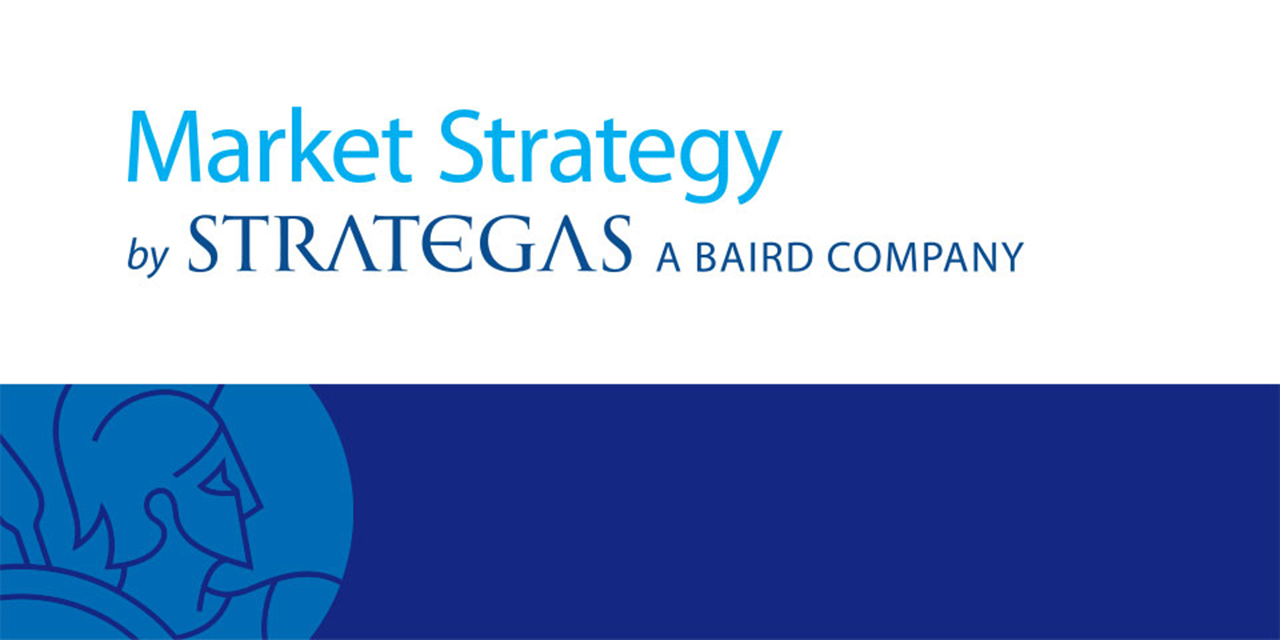
Amazon, Tesla and Hindsight Bias
It’s easy to look back and scold yourself for not investing in Amazon, Tesla (a 5,600% return; see below) or any number of IPOs that have proven wildly successful. This is known as hindsight bias, the inclination to view past events as having been more predictable than they really were. It’s especially prevalent among investors who, when looking back at their portfolio misses, shake their head and mutter “I should have seen that coming.”

Tesla Stock Chart, June 2010 through June 2020.
Before you beat yourself up too badly – or, worse, start making riskier, unsound investments that are out of step with your investment goals – let’s take a moment to explore three ways that hindsight bias can lead investors astray.
Misconception No. 1: "I Should Have Seen It Coming"
Perhaps the primary fallacy of hindsight bias is that things that are obvious to you now would have been obvious to you then. We can look at what Amazon has become today and marvel at its simple premise: You order anything you need from your living room and have it delivered right to your door. Back in 1997, though, Amazon billed itself as an “online bookstore.” To anticipate its transformation to today’s market behemoth, investors needed to anticipate the growth of retail via an as-yet-unproven internet, a decade of cheap oil, the rise of factory automation and so on. A lot needed to go right.
Further, Amazon was just one of hundreds of hot internet stocks in the late 1990s. Some of the big winners in 1997 were Compaq (whose stock rose 90% that year), America Online (146%), Excite (300%) and Lycos (400%). Most didn’t make it – in fact, of the 5,724 companies to IPO in the 1990s alongside Amazon, just over 100 are in the S&P 500 today.
Not all tech stocks turn out to be winners. Investors sunk more than $82 million into pets.com’s IPO in February 2000 – and the company was liquidated the following January.
Misconception No. 2: "Successful Investing Is a Straight Line"
Baked into hindsight bias is an assumption that there are only two relevant points in time: the date a company went public and right now. There can be many years in between those two points, and for most companies, that increase in market value has a multitude of dips and valleys. Apple, Netflix and Tesla – three of today’s most successful technology firms – all have experienced drawdowns of 60% or more over their trading history (often more than once). Further, this often happens in a company’s early days, before it is obvious that it will be a success. Having the patience to withstand that degree of volatility from an unproven company is not something most investors possess or are willing to risk.
Amazon investors had to withstand a great deal of volatility and down periods to realize its outsized returns.That’s the allure of hindsight bias: It lets you gloss over the rocky road that led to superior performance. Which leads to the third misconception:
Misconception No. 3: "It's Easy, Just Buy and Hold!"
The kind of thinking that lends itself to hindsight bias also lends itself to market timing. The premise behind both approaches is that if you “bought low” (in this case, at the IPO), you’ll have realized outsized gains in these investments. While this kind of thinking can be risky for many reasons, perhaps chief among them is that you have to be right twice: When to buy but then when to sell. Holding on during 90%+ declines is part of that equation, but so is resisting the urge to take profits when companies outperform. Over just the last five years, Amazon has hit 173 new all-time highs, all while seeming extremely overvalued by most traditional metrics. Hindsight is always 20/20 – because it’s never advising you on what to do next.
This isn’t to say Amazon, Tesla or any other stock that has enjoyed recent market success is now bound to go down, or that revisiting your past investment decisions is a fool’s errand. Just realize that hindsight bias tends to obscure the reality behind our investment decisions and, if left unchecked, can lead to reckless decision-making. We firmly believe you’ll be better served focusing on the why behind your investments – what and who you’re investing for – and the best course to achieve it. Your Baird Financial Advisor can help you draw up a portfolio that gives you some freedom to try to capture the next Amazon or Tesla without compromising your ultimate goals.
Stock charts for Amazon and Tesla. Past performance is not indicative of future results. All investments carry some level of risk, including loss of principal.




